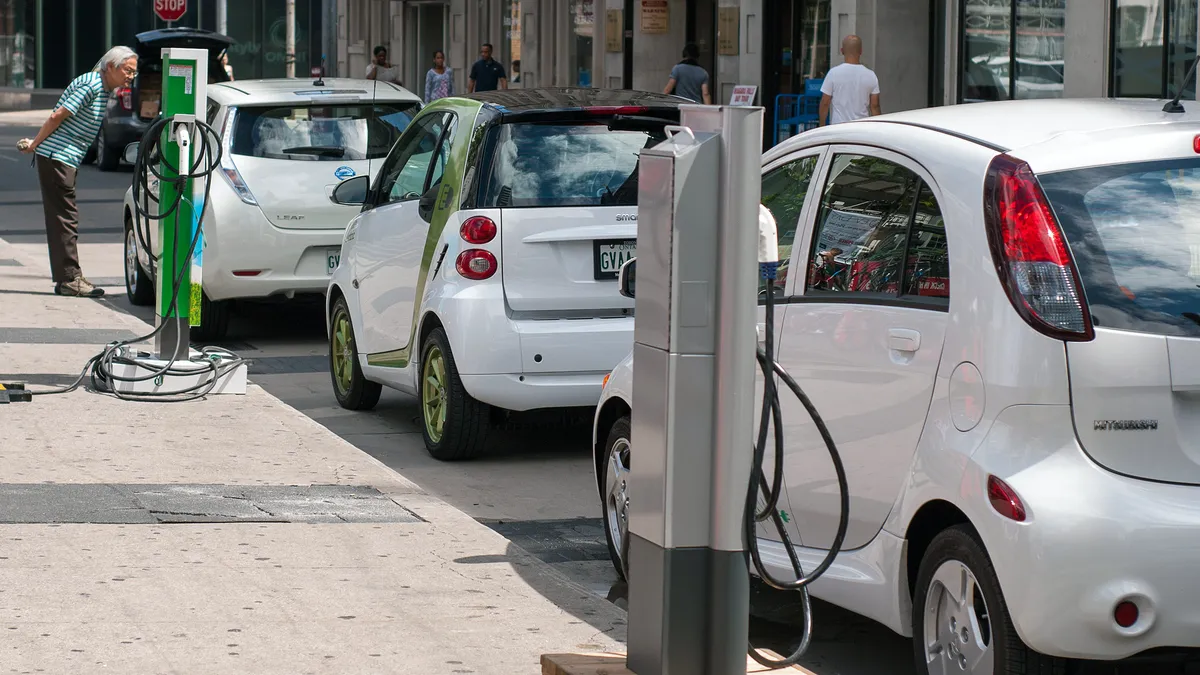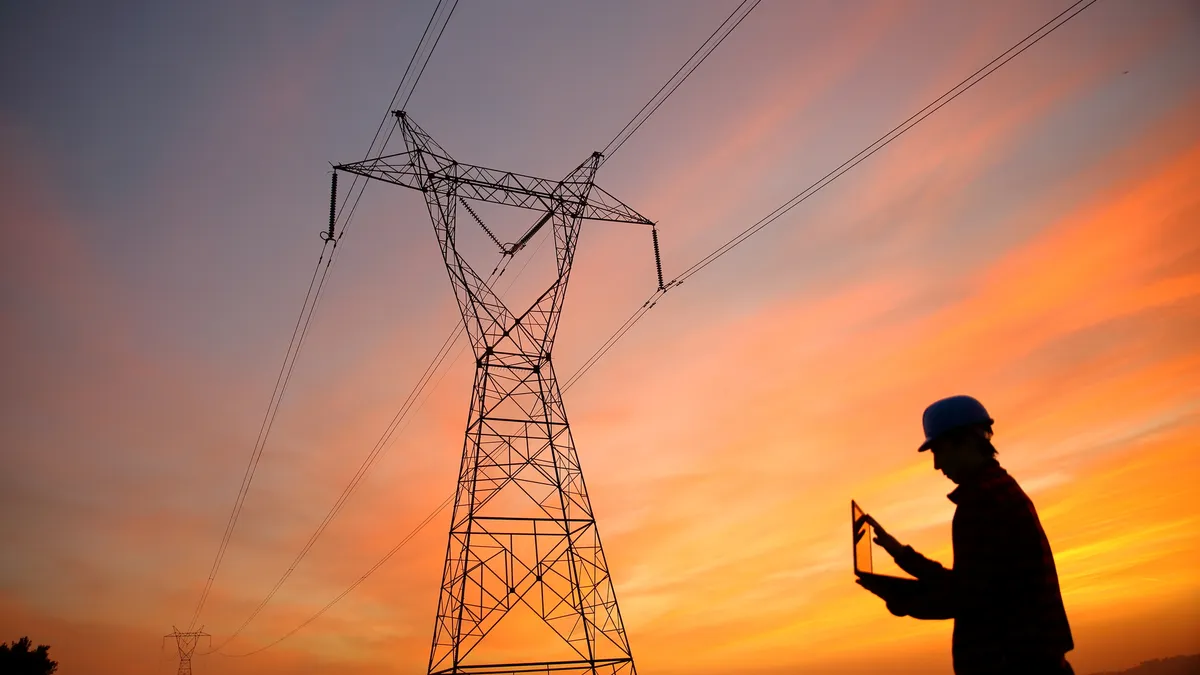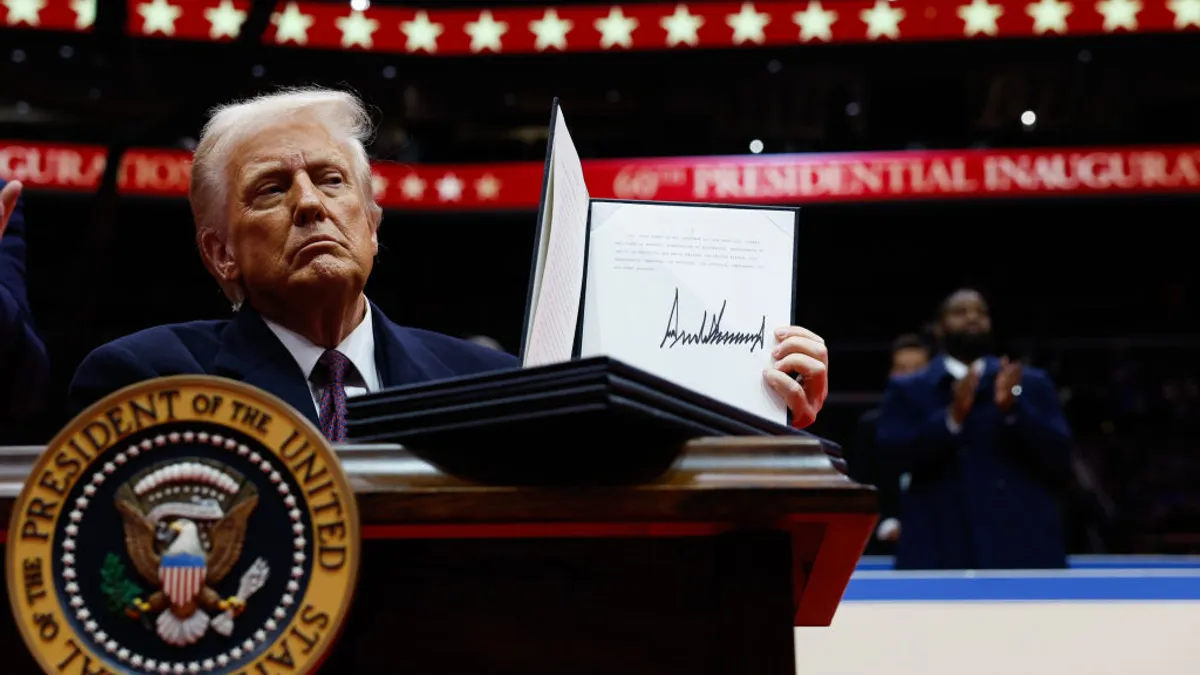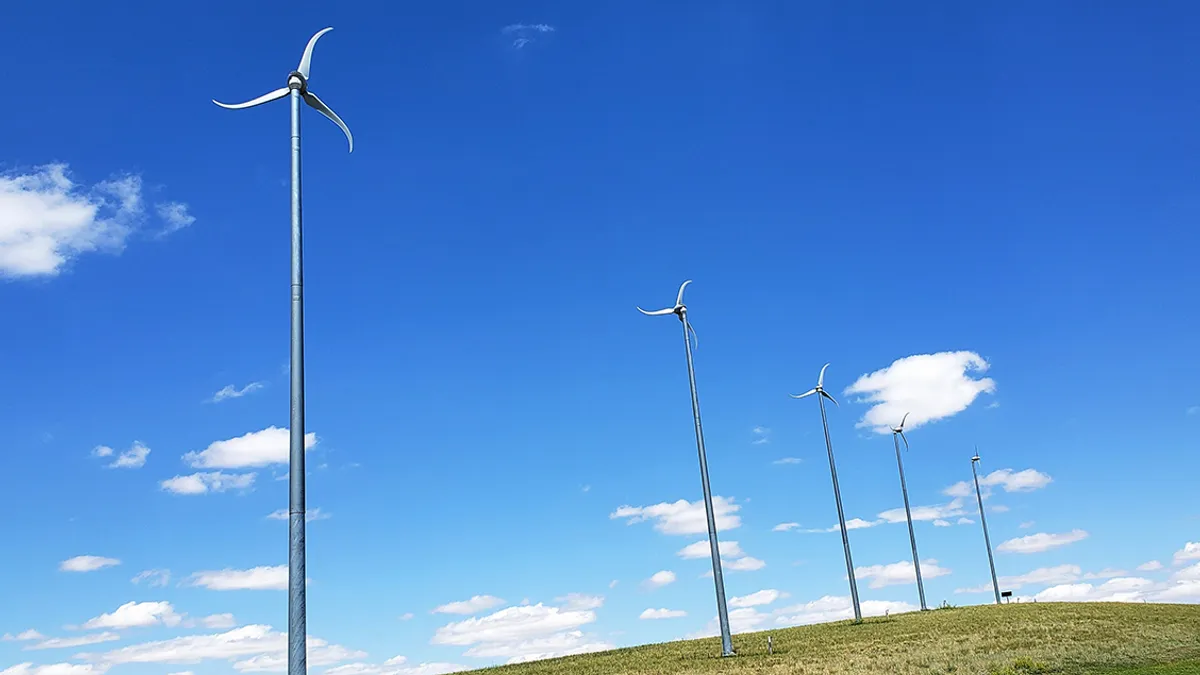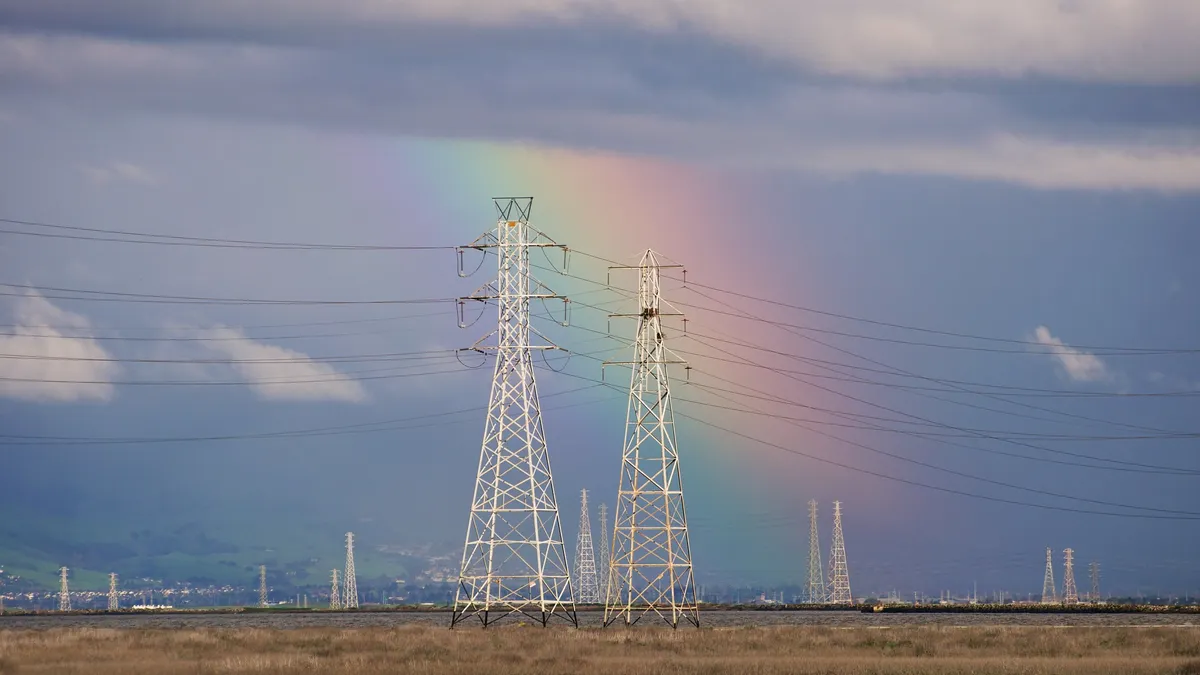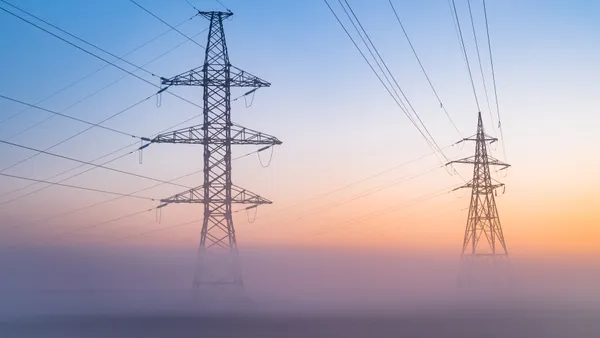California's three investor-owned utilities last week proposed spending $1 billion on electric vehicle infrastructure, an indicator of both growing interest in cleaning up the transport sector and the work left to do. Across the United States, utilities want to dive quickly into the new opportunity, but they face questions of market structures, business models, technical prowess and consumer demand.
It sounds obvious, but analysts say creating compounding growth in EVs — a snowball effect that will spread beyond regional pockets — will essentially require more of the vehicles on the road to begin with. If adoption is going to truly take off, says GTM researcher and consultant Timotej Gavrilovic, the near-term key will be scale.
An essential part of that is pushing utilities and private companies to build charging infrastructure, so potential EV drivers are assured they wil have a spot to plug in. But beyond the "if you build it" mantra of charging infrastructure, simply getting more EVs on the road will be necessary for innovation and for markets to evolve, and to allow the transportation sector's power demand to be harnessed as a revenue-generating resource.
“Scale. You need enough people to sign up,” said Gavrilovic, who recently authored a report for GTM on resources an electrified transportation sector could provide back to the electric grid.
So far, that's not happening. EV sales peaked in 2014, at 0.72% of total sales, and fell slightly in 2015 when gas prices fell.
The EV market continues to expand, but at a slower rate than in recent years.
Slow adoption can hurt the ability for drivers and charging companies to take advantage of grid revenues. Most organized markets have a 100 kW minimum, for instance, for distributed resources to bid demand reduction offers. That's a "significant" hurdle, said Gavrilovic, both in terms of amassing drivers and the finances involved.
"That scale is important," he said. "Entrepreneurship is very difficult in the energy industry because it requires quite a bit of capital investment."
Gavrilovic's research looks at several case studies and examples, and concludes that among the keys to transport electrification will be understanding the the importance of partnerships: “Most problems are complex and require a multidimensional approach to finding a solution,” Gavrilovic writes in the report. Integration of resources will also be essential, as using electric vehicles as demand response resources and to provide more complex vehicle-to-grid (V2G) services becomes much easier when energy storage is in the mix as well.
But the leap from pilot projects to grid integration and regional electric highways, ultimately, will require volume.
“Scale is the key to success,” the report concludes. “Whether it is market participation or cost avoidance, understanding and managing the number of EVs participating can result in success or failure.”
The EV market began seriously taking hold in the United States a little more than five years ago, but has since been slow to pick up pace. And that initial spate of development was funded in part by the U.S. Department of Energy, a resource that could dry up given the recent change in administrations. But utilities see the electrification of the transport sector as a huge opportunity—a bright spot of demand after years of load stagnation.
This past summer, the United States had almost a half million electric vehicles on the road. Progress, but just a drop compared to the 250 million or more vehicles out there. However in some regions the impact is more pronounced. California has led the country in electric vehicle adoption, with about 20% of the nation's EVs on the road. Hawaii, with its abundant solar, smaller geographic area and sequestered grid, is also looking to widespread adoption.
Partnerships could expand adoption amid industry uncertainty
Fundamentally changing the nation's transportation sector is an enormous effort that will span sectors and states. It will require partnerships between states looking to provide long-haul electrified corridors, utilities and technology companies to roll out charging projects, and states and the federal government for research and finance.
"The extent of the impacts to the grid depends on the interactions between many stakeholders, such as utilities, EV and charging infrastructure manufacturers, state and federal governments and regulators, and EV owners," the report concludes.
But new administration is a vocal supporter of fossil fuels, and it remains to be seen if President Trump will continue the DOE's interest in electric vehicle research.
Gavrilovic said he expects 2017 is going to be a bit more "cautious" for the EV industry. "There is uncertainty with the change in the federal government, and how that will impact EV markets. My assumption is there will be a little slowdown in companies going into EVs, grid research or further infrastructure buildout."
On the other hand, he said technology will help offset some of industry reticence. The growth of longer-range and more affordable vehicles may help spur adoption in urban areas, perhaps as a second vehicle for consumers. Tesla's Model 3 is set to go into production this year, starting at about $35,000, and the Chevy Bolt is about the same price.
Partnerships among auto manufacturers will likely become more common, Gavrilovic predicts, because larger producers will have more ability to ramp up production quickly. One key the industry is watching is demand for the new Bolt.
"Will Chevrolet face same demand as Tesla?" asks Gavrilovic, or is Tesla trading on niche popularity?
"It can become the daily commuter vehicle," he said, but cautioned that EVs for lengthy road trips probably wont be a widespread reality until there are more fast chargers a ross the country. "But for day-to-day commutes, extended range models are going to be a game-changer."
California already has more than 100,000 electric vehicles it roads, and is closely watched as an indicator of what the EV industry will do. And regionally, the state has worked with Oregon and Washington to develop the West Coast Electric Highway, allowing travel from British Columbia to Baja California.
"That's where the market is, said Gavrilovic. "What has pushed them in the past were multi-stakeholder projects, federal dollars, corporate funding, state funding, all working together to build that network out … you'll still need those players working together."
Southern California Edison, Pacific Gas & Electric and San Diego Gas & Electric all have EV charging efforts already in the works, primarily aimed at the residential sector. But last week the three utilities asked state regulators for authorization to spend more than $1 billion on a wider rollout that would focus on fleets and heavy-duty transportation options like trucks and busses.
SCE's $570 million proposal was the largest of the bunch, with a focus on support trucks buses, forklifts and other off-road equipment. PG&E's plan calls for about $250 million in investment, with a push towards fleets that could include school buses, transit agencies and delivery trucks. SDG&E's charging proposal would run about $240 million, and includes charging stations installed at the San Diego International Airport and other locations for delivery fleets and taxi or ride share vehicles.
The proposals are also being pushed by environmental efforts. Transportation accounts for about 40% of greenhouse gas emissions in the state, and California wants to reduce emissions 40% below 1990 levels by 2030. In the United States more broadly, carbon dioxide emissions from the transportation sector are now above those from power generation — a reversal not seen in almost 40 years.
Pushing utilities to electrify vehicle fleets can allow policymakers to target significant amounts of GHG emissions at once while also helping solve the EV scale issue. Aggregating the energy demand or storage capacity of a group of large vehicles operating in an organized fashion is easier than rounding up hundreds of residential customers, essentially acting as a single resource.
Demand response is here, V2G still a few years out
While using electric vehicle charging as a load-shift resource is a relatively straightforward proposition, Gavrilovic says the next generation of vehicles will be capable not just of smart charging but also providing energy back to the grid. But while there have been pilots testing the concept for the last two decades, he says this leap of technology isn't quite here yet.
In California, EMotorWerks successfully bid into the state's first Demand Response Auction Mechanism, bidding demand reduction directly into the ISO market. But moving from demand management to grid services will require another leap and is likely a few years away.
“When are we going to see EVs sending electricity back to the grid is two-fold. First, when the technology development is actually scaleable. We've seen pilots for the last 20 years, but what we haven't yet seen is a scaleable solution.”
There some concern about battery degradation, which leads to higher energy costs. Sending energy from an electric vehicle back to the grid costs about $0.30/kWh, Gavrilovic estimates, more than twice the average retail rate.
“The second and more challenging thing is on the customer side,” said Gavrilovic. “People are still skeptical of the impact on the battery and battery life. I honestly don't see much of a mass resource for that before 2020.”



